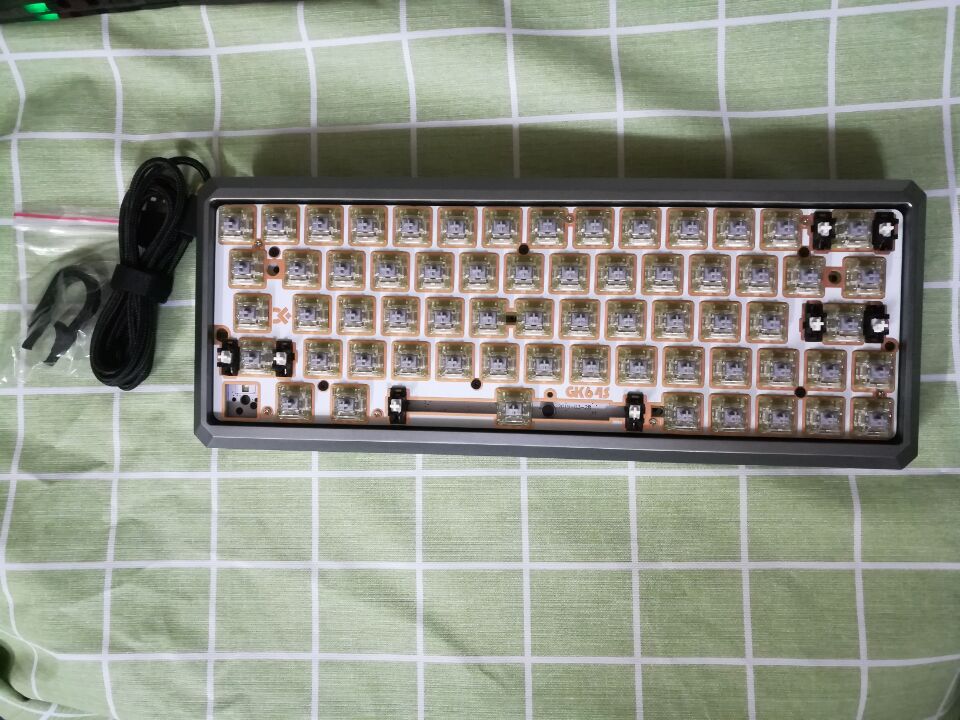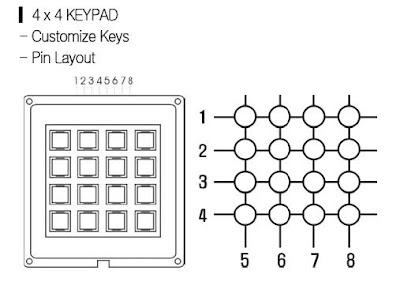

If you’ve never designed with a 4x4 mechanical keypad, the best way to visualize the internal mechanism is a matrix of push-button switches. Either way, the mechanism of the mechanical keypad remains the same when hardware and firmware designers are concerned. The keypad is usually made of plastic materials and is relatively cheap compared to touchscreen displays.Ī 4x4 matrix keypad can be implemented separately or within the physical product itself, such as a security access controller, where it is used for PIN identifications. The 4x4 matrix keypad is a simple mechanism that resembles the numeric input on your computer keyboard, except that it has an additional ‘*,’ ‘#’ and 4 other auxiliary buttons that can be used for various functions in the application. Far from it, the mechanical keypad remains a low-cost solution for embedded systems that require a certain degree of parameter calibration.

However, this doesn’t mean that the classic 4x4 mechanical keypad is getting obsolete. This makes me realize that my age is finally catching up with me.Įven in the electronics world, touch-based displays rule the user interface experience. For someone born in the age of smartphones, it’s hard to imagine actually calling someone by dialing a bunch of numbers.

I was rather amused when my 6-year-old son was recently confused by a dial phone. The 4 x 4 keypad is still very much alive.


 0 kommentar(er)
0 kommentar(er)
